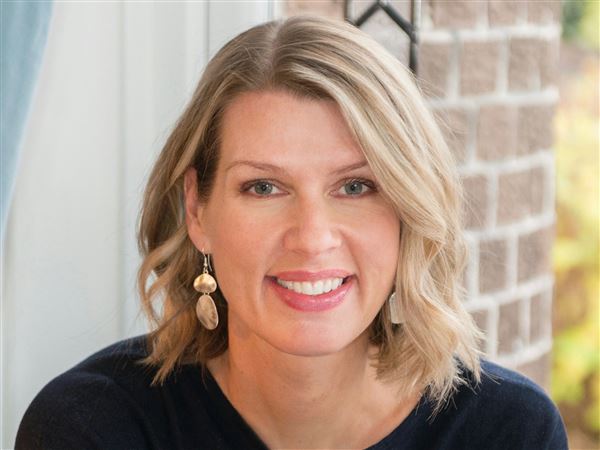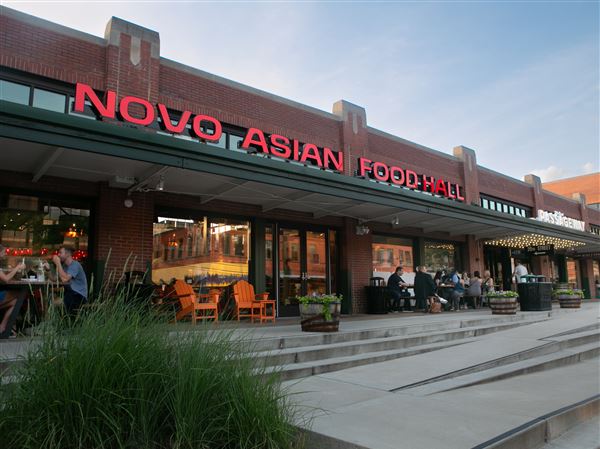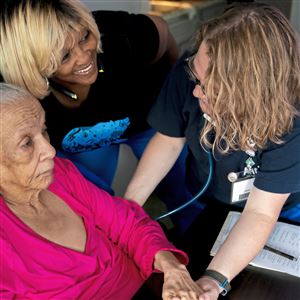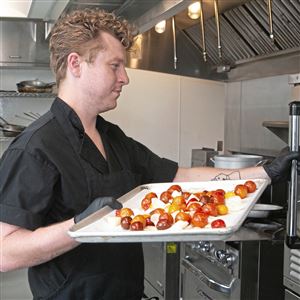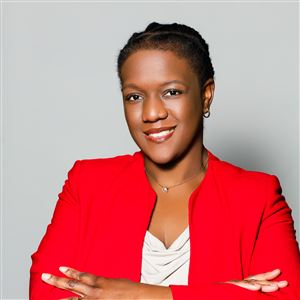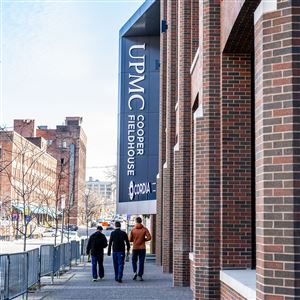Many seniors reach a point when they need more support than living at home can provide.
According to data from the Administration for Community Living, more than one-third of adults over 65 will go on to live in an assisted living or nursing home facility. But while finding and choosing an elder care facility is a common experience, that doesn’t make it any easier — especially when it’s your parent or loved one you’re deciding for.
To help illuminate the process of finding the right elder care facility, we spoke to Roger Davis, chief operating officer for UPMC senior communities, to learn about the different types of facilities and what you can do to prepare for finding a new home for your loved one.
1. Determine what type of facility your loved one needs
The first step is to evaluate the needs of your loved one — then, look for a facility that meets those needs. “Every facility has that right group of people that it fits,” says Davis.
Care facilities can be broken down into two main categories: assisted living and nursing homes.
Assisted living facilities are best for high-functioning seniors who are still mostly independent, but may need some extra help. Assisted living homes can offer dining services, housekeeping, transportation, medication management, recreational activities, and help with daily tasks like bathing and grooming.
Nursing homes, on the other hand, provide more comprehensive care. In addition to the services offered by assisted living facilities, they also may provide skilled nursing care, rehabilitation services, 24-hour supervision and more extensive personal care services. A nursing home may be a short-term solution for intensive recovery or rehab after a surgery, or a long-term living arrangement.
Davis adds that within the categories of assisted living and nursing homes, there may be even more specialties that make a facility a good fit. Look for offerings like memory care, physical and occupational therapy, and hospice care.
Senior communities may contain one type of facility, or multiple. If you anticipate the condition of your loved one may change over time, a continuing care retirement community may be a good option. These communities offer a spectrum of facilities, with independent living, assisted living and nursing homes available as a resident’s needs evolve.
2. Visit and ask questions
Davis says that one of the most important things you can do when deciding on a care facility is to ask lots of questions. Those questions can be directed at an employee, but also consider talking to current residents to get their perspective.
Here’s a list to start with:
- What is the staff-to-patient ratio?
- How do you staff during the night?
- Do residents have private rooms? Private bathrooms?
- What is the admission process?
- Are there any waiting lists? If so, how long are they?
- What are the visiting hours?
- What is the daily routine like?
- What is the policy for medical emergencies?
- What is the policy for end-of-life care?
- What types of activities and programs are offered for residents?
- What sort of outings are offered?
- Are there religious services?
- How are dietary restrictions handled?
- What is the policy for handling complaints from residents and families?
- How is the communication between staff and families handled, and how often can families expect updates on their loved one's care?
- Are there any additional services offered, such as transportation or housekeeping?
Take time to consider what priorities you and your loved one have, and come up with your own questions to make sure those are met.
“If you leave a facility with a question in your mind,” says Davis, “you shouldn't leave yet.”
3. Look for good signs
In addition to asking questions, it’s also wise to look around and get a feel for the place. Observe the building and grounds first; is everything reasonably clean and well-maintained? Don’t expect spotless — this is people’s home, after all — but excess grime is never a good sign.
Next, consider the staff. Are they friendly and compassionate, and do they seem respectful and attentive to the residents’ needs?
Then, see what offerings the facility has. Is there an activity or outing occurring? How’s the lunch menu? You can even ask if you can try a meal in the dining hall during your tour.
Lastly, think about the location. If a facility is too far to visit, consider how that could affect your loved one. Davis sees some of the best success in transitioning to a care facility when the residents’ family lives close, so they can pop in for a visit easily.
4. Find someone to talk to
Finding a care facility is a stressful experience, and going through it alone only makes it harder. Because of that, Davis recommends finding someone to talk through your decision with.
He says both employees at the nursing home and placement agencies — as well as social workers — are a great place to start. “They're looking to help folks navigate the complex world of post-acute care, because it is scary.”
He also recommends seeking advice from a friend or family member who’s been through the same process with their own loved one.
5. Consider the costs
It’s hard to put a price tag on a comfortable life for your loved one, but it’s necessary — so when the topic of price inevitably does come up, it’s best to be prepared.
The cost of elder care facilities can vary dramatically, from as low as $1,000 a month to upwards of $10,000 a month. Davis says that choosing a facility with a cheap price tag that seems too good to be true is never a wise idea. However, more expensive doesn’t always necessarily mean better.
Davis recommends working with a financial planner or a Medicaid liaison to figure out which care facilities work for your budget. Keep in mind that many insurance plans don’t cover long-term care, unless you’ve specifically purchased long-term care insurance.
6. Plan ahead, if you can
Davis says one of the best ways to ensure a care facility is a good fit is to plan ahead. He recommends bringing your loved one on tours and having conversations while they’re still healthy, so that they can have an active role in the process.
“Make a decision before you have to make the decision,” he says.
Marilyn Perkins (marilynperkins7@gmail.com) is a freelance science writer and graduate student based in Los Angeles.
First Published: July 5, 2023, 9:30 a.m.
Updated: July 6, 2023, 9:59 a.m.





